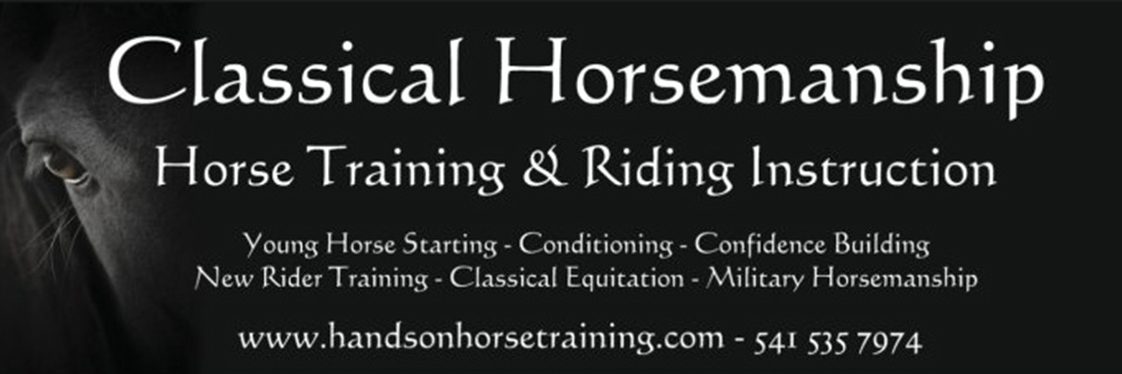I received the following query via Facebook yesterday:
“I am considering to become involved in SCA equestrian activities, and was wondering what I should take into consideration, especially concerning horses…what to look for, how to know if they enjoy it etc…Would you have advice for a beginner in this area…I have been riding since I was a small girl.”
Before you judge the grammar too harshly, this came from a very nice lady in Germany and I suspect English is not her first language. I can assure you my attempt at such a message in German would be for less understandable
For those who may not know, the SCA is the Society for Creative Anachronism, the world’s largest medieval reenactment group.
Below is what I sent as a reply. I am posting it here in case any of it might be helpful to others considering similar endeavors.
Medieval reenactment equestrians and their activities vary greatly from area to area. You may find yourself riding with people who have been riding for years and making a serious study of it and you may find yourself with folk who are very new to riding or just have limited experience or understanding of it. As with all new things, the horse is likely to be nervous when introduced to some of this and if you are also nervous, the horse will respond to that too. Take things at a pace that keeps the activities fun and not threatening for both of you and don’t let success lead you to push one or both of you to failure. It is a habit of some folk to keep pushing their horses when they are doing well until they “suddenly” have a problem.
If you have a solid connection with your horse, based on trust and respect AND you don’t betray that bond by forgetting about it when you start handling weapons, all should go well. The issue many have is that when they start with the weapons, suddenly they are riding “on” a horse and not riding a horse. The horse feels the loss of connection and becomes concerned that something is not right. Now the new thing it is being asked to do is a lot more intimidating than it should be.
Many who attempt these sorts of activities lose or never had the “proper” level of connection and riding ability, so when confronted by a lance and quintain or sword and head, or what have you, all their focus shifts to these and away from riding. This is why it is vital the rider be completely at home in the saddle while maintaining quiet control of the aids and this needs to be as instinctive as walking.
So to sum up, the advice I give to anyone taking up these activities is this:
First, know your and your horse’s abilities. Learn to ride well, preferably in the “classical riding” form, before you start attempting to introduce your horse to the elements of medieval martial equitation. ALWAYS make riding the horse the prime directive THEN worry about the elements and hitting them with weapons.
Second, take your time. Be aware of the physical and mental limits of both you and your horse and spend the needed time building up these abilities. Don’t push your horse or yourself too fast and thus turn it into something the horse physically can’t or mentally doesn’t want to do.
Third, Keep it fun for both of you. While most horses will take to these activities with careful exposure, some actually learn to enjoy it, even understanding the goals and wanting to be part of the success. The ones who do tend to be the ones ridden by people who keep it a partnership by remaining connected with their mount. Those who treat the horse as just a means of transportation toward a target and then away from it, seldom get anything better from their horse than a willingness to put up with it.
I hope you find some of this helpful.
